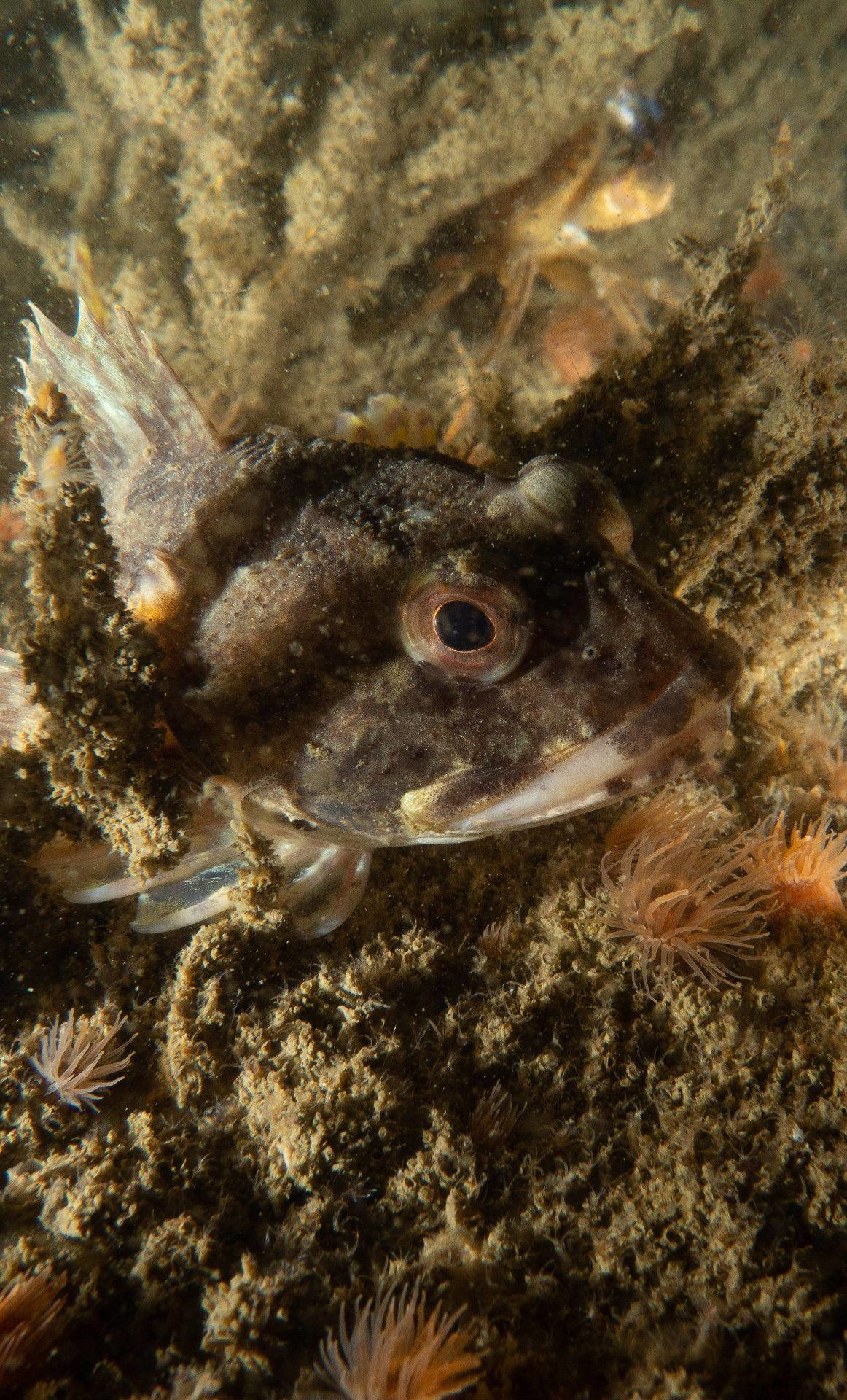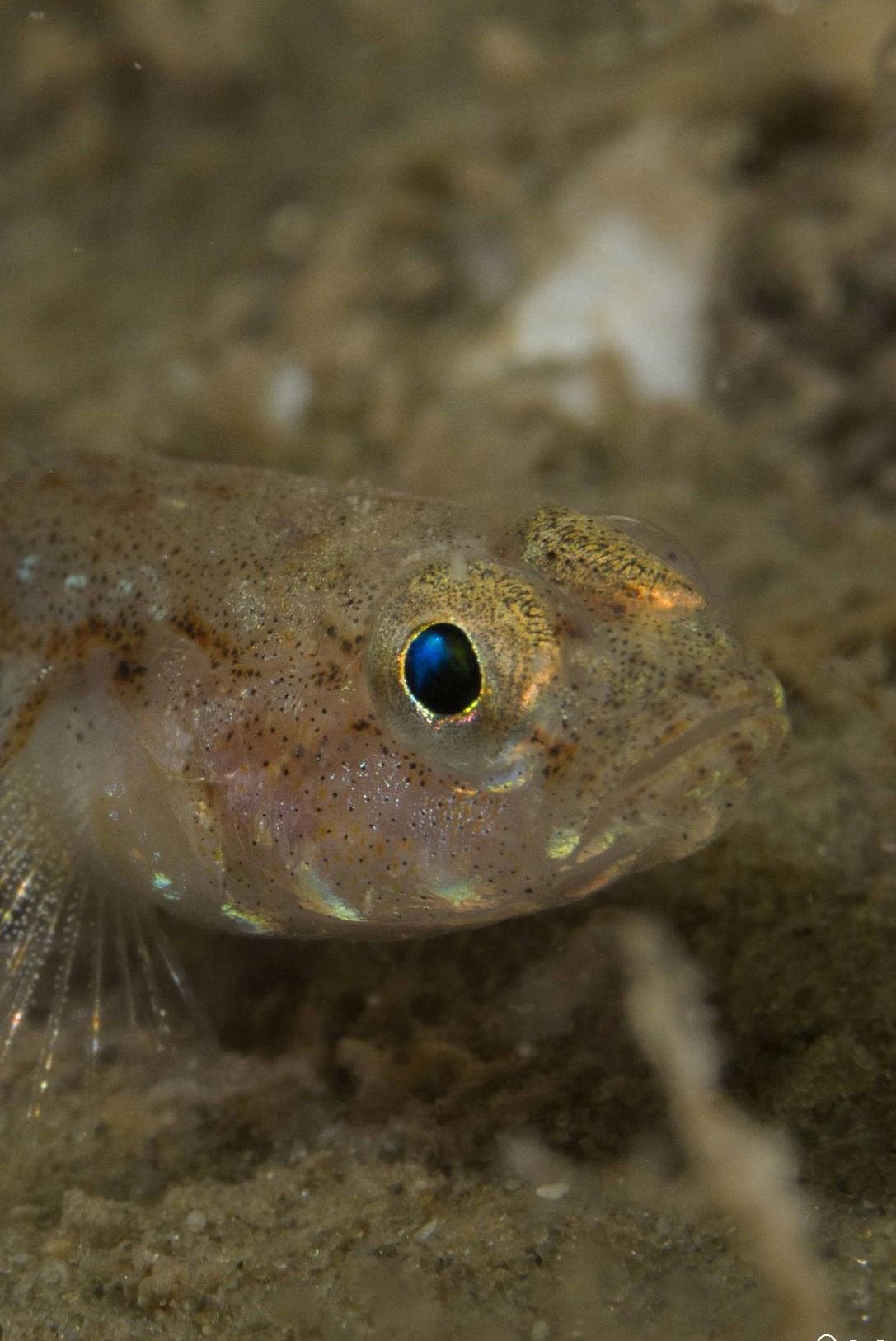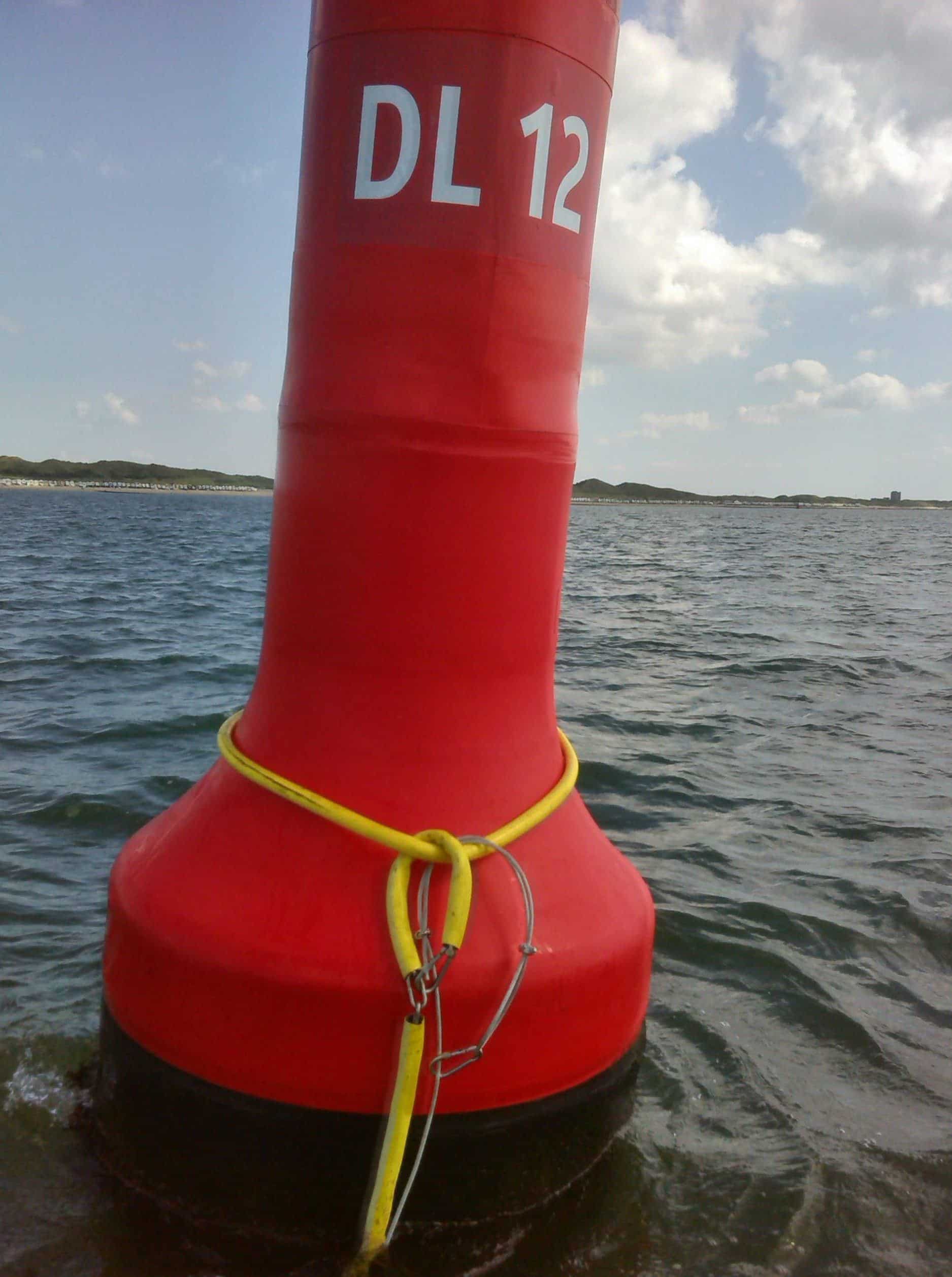
Swimway
Because the Wadden Sea provides a wide range of functions for fish, Wadden Tools Swimway takes the life-cycle approach as its starting point. Fish make use of the Wadden Sea during certain periods of their life, but many species also spend part of their life elsewhere. In order to determine which measures can strengthen the function of the Wadden Sea for different fish species, we first need to know in what phase potential bottlenecks occur. Similar to birds – of which some species breed in the Wadden Sea area, while others spend the winter there or fatten up for their journey en route to their breeding areas – different species of fish visit the Wadden Sea at different times of the year for different purposes. For instance, plaice, sole and herring use the Wadden Sea as a nursery in spring and summer. Sea bass, mullet and dab come to forage, some in the warm months and others when it is cold. Other species such as flounder, hooknose and bullrout stay all year round. Potential bottlenecks may occur in processes that affect settlement, survival or growth of populations.
The Flyway example
An enormous amount of research has been done on birds in the Wadden Sea in past decades, and this has shown that the Wadden Sea is an essential link in the flyway of many species. The key to understanding why populations are thriving, or not, is to identify the weakest link, which may be in the Wadden Sea or elsewhere along the flyway. Like many bird species, many fish species also migrate, either annually or at some point during their life. Focusing only on the Wadden Sea might not necessarily reveal the driving force behind the declines in fish numbers that have been observed in the area. To identify the weakest link, populations need to be studied on the appropriate spatial scale, and this approach has now been agreed upon with our fellow Wadden Sea countries, Germany and Denmark.


Optimising management
Eventually we will test in a model setting which management measures are likely to lead to the best improvements in living conditions for fish, and how they should be implemented. We will do this for four different fish guilds (the ecological term for species that use the Wadden Sea in the same way, e.g. marine juveniles, estuarine residents). The measures to be tested will include management adjustments on the salt marshes, areas closed for fishing, construction of bird breeding areas and fish migration facilities. In this way, we will determine whether and how these measures contribute to better living conditions for fish in the Wadden Sea.

